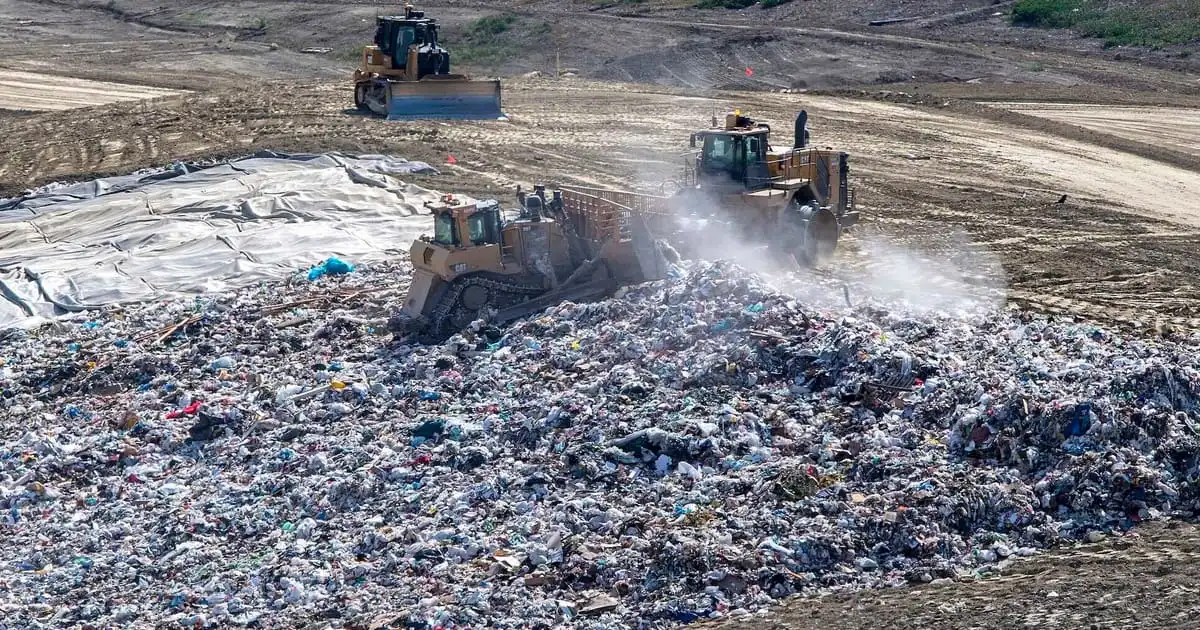Landfills are the third-biggest source of U.S. methane emissions. But leaks of the potent greenhouse gas are often undetected due to monitoring blindspots.
A landfill is a place of perpetual motion, where mountains of garbage rise in days and crews race to contain the influx of ever more trash. Amid the commotion, an invisible gas often escapes unnoticed, warming the planet and harming our health: methane.
Last week, the climate-data sleuths at Carbon Mapper published a study in Science that shows U.S. landfills emit methane at levels at least 40 percent higher than previously reported to the Environmental Protection Agency. At more than half of the hundreds of garbage dumps surveyed — in the largest assessment yet of such emissions — most of the pollution flowed from leaks, creating concentrated plumes. The researchers found these super-emitting points can persist for months or even years, and account for almost 90 percent of all measured methane from the landfills. Tackling these hotspots could be a huge stride toward lowering emission rates, but blindspots in current monitoring protocols mean they often evade detection.
“It’s a very hard problem to get totally right without any leaks at any place,” said Daniel Cusworth, an atmospheric chemist and project scientist for Carbon Mapper, a nonprofit that provides data to inform greenhouse gas reduction efforts. Sometimes Cusworth conducts aerial surveys of landfills and is relieved to find nothing. “And then other times, you know, I’ll see a massive billowing plume that’s three kilometers long.”


